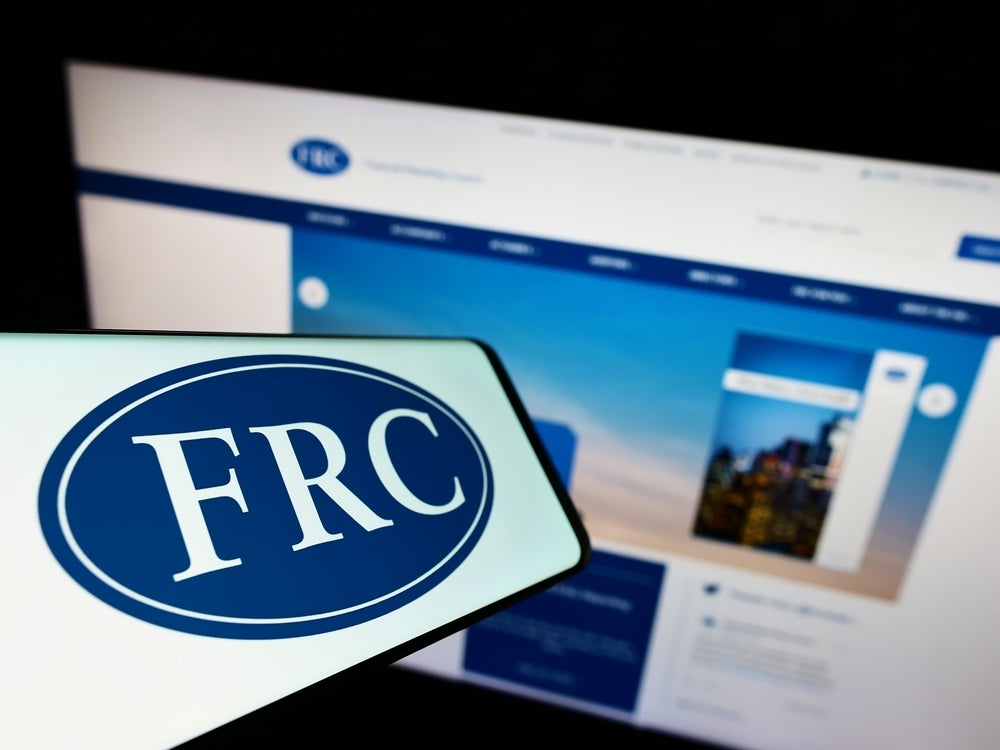The consultation period for the
first stage of the International Accounting Standards Board’s
comprehensive review of IAS 39 has come to an end. Carolyn Canham
reports on some of the issues that have been raised.
The International Accounting Standards Board (IASB) has its work
cut out as it finalises its new financial instruments
classification and measurement standard. The two-month consultation
on the exposure draft and a series of round tables have revealed
polarised views and varying priorities.
Stakeholders are divided on issues including
whether conversion with US GAAP is an overriding priority and how
extensively fair value measurement should be used.
The classification and measurement project is
the first stage of a three-part comprehensive review of IAS 39, a
standard so complex that IASB chairman David Tweedie is fond of
saying ‘if you understand it, you are not reading it right’.
Mixed measurement
The IASB exposure draft Financial
Instruments: Classification and Measurement proposes a mixed
measurement model with two primary measurement categories: fair
value with changes in profit or loss and amortised cost.
How well do you really know your competitors?
Access the most comprehensive Company Profiles on the market, powered by GlobalData. Save hours of research. Gain competitive edge.

Thank you!
Your download email will arrive shortly
Not ready to buy yet? Download a free sample
We are confident about the unique quality of our Company Profiles. However, we want you to make the most beneficial decision for your business, so we offer a free sample that you can download by submitting the below form
By GlobalDataA financial asset or liability must be
measured at amortised cost if the instrument has basic loan
features and is managed on a contractual yield basis. Fair value
through profit or loss must be used in all other cases.
The vast majority of attendants at two round
tables hosted by the IASB in London this month supported the mixed
measurement model. However, some stakeholders had reservations
about the details.
The European Commission and Didier Elbaum from
the Committee of European Banking Supervisors are concerned
amortised cost is defined too narrowly and the proposals would lead
to increased use of fair value through profit and loss.
Elbaum said this would indicate lessons from
the crisis have not been fully taken into account.
The EC said it has received “overwhelming
support” for the mixed measurement model, but there are two major
issues.
One is the line drawn between amortised cost
and fair value is not appropriate for some types of instruments.
The commission said it is inconsistent with a principles-based
approach and does not adequately take into account market
liquidity.
The EC said significantly greater emphasis
should also be given to the business model as a classification
criterion.
“The classification of financial instruments
should be based primarily on the business model and only then
should the characteristics of the financial instrument be taken
into account,” the commission wrote.
The argument that greater emphasis should be
given to the business model was echoed by many participants at the
round tables and in comment letters.
The fair value debate
Elbaum and the EC are not the only
stakeholders to warn the proposals could lead to greater use of
fair value through profit and loss.
Richard Martin from the Association of
Chartered Certified Accountants (ACCA) said the proposed standard
could tip more financial instruments into fair value.
“We would prefer that the use of fair value
was not expanded significantly from where we are,” he said.
Frank Lafforgue from BNP Paribas does not like
fair value being used as the default measurement.
“We think it should be limited,” he said.
Representatives from the Basel Committee on
Banking Supervision and HSBC argued that fair value measurement is
not suitable for traditional banking activity.
IASB member Bob Garnett, who chaired the round
tables, protested that there is no evidence to indicate the IASB’s
approach could lead to extended use of fair value measurement.
Some stakeholders also argued that fair value
should be more widely used. Joanna Perry from the said fair value
is the appropriate measurement for all financial instruments,
although she conceded that could not be introduced at this
time.
Representatives from the Canadian and
Australian accounting standards boards agreed with Perry’s
assertion that users should be allowed to use fair value
measurement even when instruments meet the criteria for amortised
cost.
Charlotte Pissaridou from Goldman Sachs was
one representative from the banking community who said all
financial instruments should be at fair value.
Representatives from the Committee of European
Securities Regulators and JP Morgan said that all derivatives
should be at fair value.
Conversion concerns
The financial instruments review was
initially part of the IASB and FASB’s memorandum of understanding
on convergence.
However, while the IASB decided it was
necessary to spilt the project into three stages to fast track the
classification and measurement component, the FASB will address all
financial instrument components together.
The break from the convergence plan has been
met with protests from some parties, including the American Bankers
Association, while others insist the priority is high quality IFRS.
Tony Clifford said Ernst & Young feels very strongly that the
financial instruments standard should be the same between US GAAP
and IFRS. In a similar vein, the ACCA said it “regrets the lack of
co-ordination on this the most critical project for a new
accounting standard”.
“There are highly significant differences in
the proposals which cannot be skated over,” Martin said. “It also
seems possible that IASB will have issued the first part of its new
standard on financial instruments before FASB has consulted in the
US on any proposals. This turn of events continues the problem of
demands for a ‘level playing field’, which have prompted some
adverse developments in financial reporting over the last
year.”
The EC and the UK ASB said that while
convergence with the FASB is desirable, a high quality standard is
more important than one that is compromised to achieve
convergence.
Comments on the IASB draft were due on 14
September and the board is now busy finalising the standard.
Whatever the result, not everyone will be happy and the fallout
remains to be seen.






